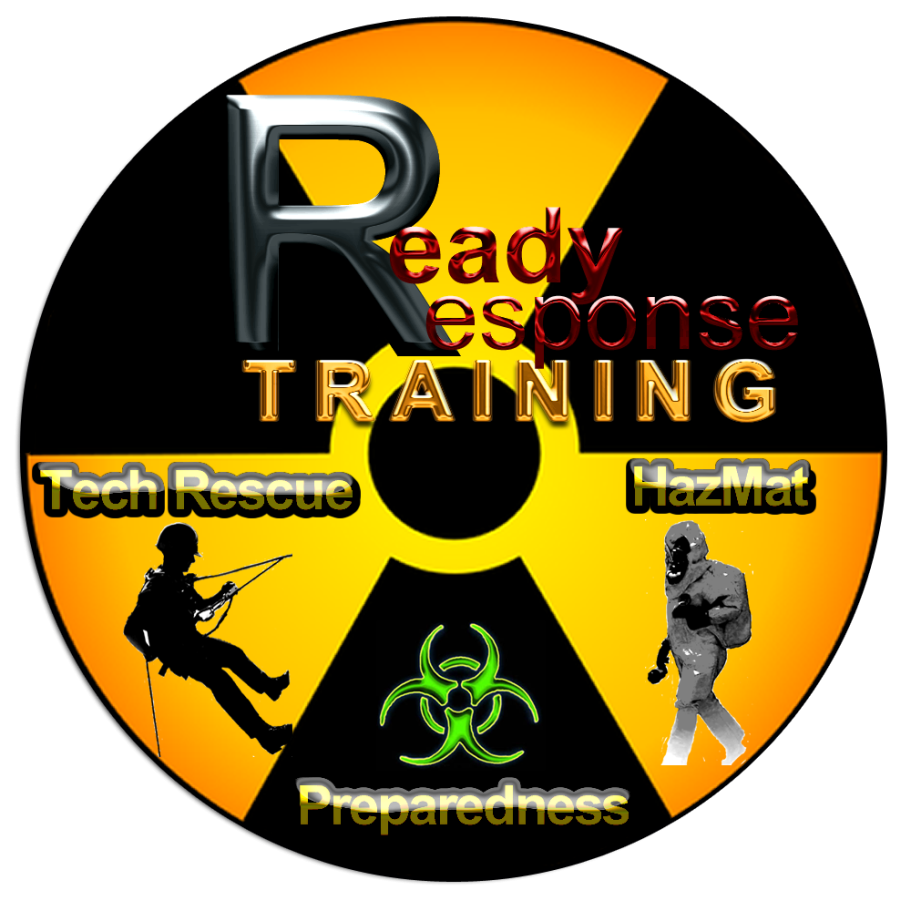Responding to Chlorine Incidents
This specialized training course is designed for first responders, hazardous materials teams, and industrial personnel who may be involved in handling or responding to incidents involving chlorine. Chlorine, a common yet hazardous chemical used in various industries, poses significant risks during accidental releases or in emergency situations. This course provides participants with in-depth knowledge and practical skills necessary to effectively respond to chlorine leaks, spills, or exposures to protect themselves, the public, and the environment.
Online Course
Chlorine is a highly reactive chemical commonly used for water purification and in industrial processes, poses several risks to human health and safety. When released into the environment, chlorine gas, which is heavier than air, can form dense clouds that remain close to the ground, creating inhalation hazards. Exposure to chlorine gas can irritate the respiratory system, eyes, and skin, and high concentrations can lead to severe respiratory distress or even death. Additionally, chlorine is a potent irritant that can react explosively with other common substances, increasing the risk of accidents during handling and storage. The potential for widespread harm makes chlorine a significant concern when responding to a release.
This course is designed to educate on the hazards associated with responding to a Chlorine incident and what steps need to be taken to successfully mitigate the emergency.

Responding to Chlorine Incidents – Course Description
Learning Objectives:
Upon completion of this course, participants will be able to:
- Identify Properties and Hazards: Understand the chemical properties, health hazards, and environmental impacts of chlorine.
- Recognize and Assess Incidents: Learn methods to recognize chlorine incidents and conduct hazard and risk assessments using appropriate detection devices.
- Employ Safe Response Strategies: Develop competencies in choosing appropriate personal protective equipment (PPE), establishing safety perimeters, and implementing evacuation procedures.
- Perform Containment and Control: Gain skills in containment and control tactics specific to chlorine releases to minimize exposure and environmental damage.
- Execute Effective Decontamination: Implement decontamination procedures for personnel, equipment, and affected areas to prevent secondary contamination.
- Coordinate with Emergency Services: Collaborate effectively with local emergency services and understand the role of each agency in a chlorine incident response.
- Simulate Real-Life Scenarios: Engage in hands-on training and simulated scenarios to apply learned skills in realistic settings.
Course Content:
- Module 1: Introduction to Chlorine
- Overview of chlorine uses and the importance of safety protocols.
- Overview of chlorine uses and the importance of safety protocols.
- Module 2: Chemical Properties and Health Hazards
- Detailed discussion on the properties of chlorine and its health risks.
- Detailed discussion on the properties of chlorine and its health risks.
- Module 3: Detection and Monitoring
- Techniques and tools for detecting and monitoring chlorine levels.
- Techniques and tools for detecting and monitoring chlorine levels.
- Module 4: Personal Protective Equipment
- Selection, use, and maintenance of PPE suitable for chlorine incidents.
- Selection, use, and maintenance of PPE suitable for chlorine incidents.
- Module 5: Containment and Control Techniques
- Practical approaches to managing chlorine spills and leaks.
- Practical approaches to managing chlorine spills and leaks.
- Module 6: Decontamination Procedures
- Standard and emergency decontamination practices.
- Standard and emergency decontamination practices.
- Module 7: Incident Command System and Interagency Coordination
- Integration into the ICS and effective communication with other agencies.
- Integration into the ICS and effective communication with other agencies.
Course Certificates
Participants who successfully complete the course will receive a certificate recognizing their capability in responding to chlorine incidents, enhancing their preparedness for real-world emergencies involving this volatile chemical.
©Copyright 2024 Ready Response Training, LLC. All rights reserved.
We need your consent to load the translations
We use a third-party service to translate the website content that may collect data about your activity. Please review the details in the privacy policy and accept the service to view the translations.
